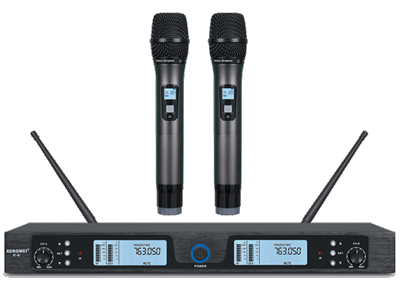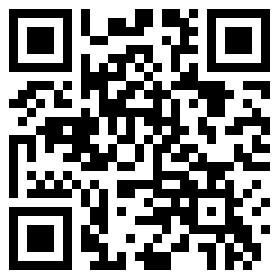How to use wireless microphone and positioning?
Time:2017-12-19

The transmitter's signal is not only transmitted to the direct path, but to all directions. This will cause the walls, floors and ceilings to reflect the sound, and the reflected signal will overlap with the signal sent directly. For single-antenna receivers, so-called non-diversity systems, the direct and reflected signals it receives usually cancel each other out, resulting in missed sounds. Diversity receivers with two antennas are better able to cope with long distance and channel-intensive applications. Reliable signal setting even in situations where the receiver and transmitter can not be direct.
Transmitter to receiver pass
The transmitter's signal is not only transmitted to the direct path, but to all directions. This will cause the walls, floors and ceilings to reflect the sound, and the reflected signal will overlap with the signal sent directly.
For single-antenna receivers, so-called non-diversity systems, the direct and reflected signals it receives usually cancel each other out, resulting in missed sounds. Diversity receivers with two antennas are better able to cope with long distance and channel-intensive applications. Reliable signal setting even in situations where the receiver and transmitter can not be direct.
Receiver and antenna placed
Proper placement of the receiver:
The receiver is not only disturbed by the source of the external radio frequency. So, if possible, keep the receiver away from CD / DAT / MD players, computers / laptops, and special effects devices for just a few feet (or even a few seats).
Correct placement of the antenna: Ideally, the antenna should be placed above the viewer or other obstacle, allowing the transmitter and receiver to "see" each other. If the receiver is mounted in a rack, the antenna must be on the front panel or protrude from the top of the rack. Diversity receiver antenna should be 45 degrees, so that the maximum antenna tip distance. To get the best diversity effect, the antenna spacing should be up to 40 cm (one wavelength), less than this distance will affect the effect.
Use of antenna distributor
If you need to use multiple wireless systems simultaneously and need to move from one location to another, it is more convenient to install the receiver in a rack. But this will degrade the performance of the wireless system because the antennas are too close to each other.
More advanced wireless systems use detachable antennas so antenna receivers can be used. Distributors serve all receivers by providing signals to a pair of "primary" antennas, improving the reliability of radio frequencies. If four or more receivers are installed in the rack at a time, we recommend using an antenna splitter to dramatically improve performance.
Power supply
Unlike most wired microphones, all wireless transmitters require a battery. Therefore, the battery is very important and needs to be constantly replaced and regularly checked.
Can use rechargeable batteries. The higher the rechargeable battery, the longer the battery life.
9-volt alkaline batteries have twice the life. If you are using less than 3 hours, you can also use 9-volt rechargeable batteries.









